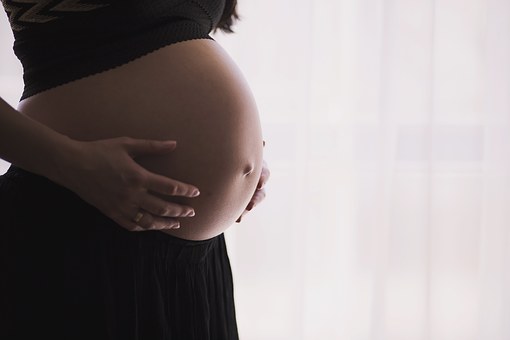How your Iodine levels affect your children
Did you know that iodine deficiency is one of the leading causes of cognitive delay in children? And despite the concerted effort by organizations like the World Health Organization (WHO) iodine deficiency is on the rise, especially in women of childbearing age.1
Coming through my doors I see a great number of women who are iodine deficient. This is determined through thermal imaging and a cold thyroid and back up by a hair analysis confirming mineral imbalance.
Iodine supports thyroid function in children, and adults. It is also critical for neurological function as well as fetal and infant brain development. In adults, a deficiency in this crucial nutrient has also been linked to breast cancer, thyroid disease, fatigue, depression, breast tenderness, and more. Over and over again I have seen that with iodine supplementation and external application breast lumps disappear along with breast tenderness, fatigue and brain fog. By increasing iodine levels prior to conception chances of deficiency during pregnancy is reduced, so too poorer foetal outcomes.
And we all know that iodine provides protection from environmental toxins in both mother and baby when the mother’s iodine levels are in the healthy range.
Explaining the Declining Trend
So why is there such a drop in iodine levels among women, especially those childbearing women?
- Less iodine in the soil (which means less in the food which is grown in it).
- Breadmakers stopped including iodate conditioners when making bread.
- People consume fewer eggs and fish, both good sources of iodine, due to concerns about ingesting cholesterol or mercury.
- Today people consume the majority of their salt intake from processed foods, which are not iodized.
Another powerful reason that so many are iodine deficient is the fact that chlorine and fluoride in the water supply actually interfere with iodine absorption and metabolism. Many people believe they are “allergic” to iodine because they experience a rash when they begin supplementing with it. But this reaction is far more likely to be a detox reaction from the release of excess bromide, chloride and flouride from the system, resulting from the restoration of healthy iodine levels.
Best Sources of Iodine
If you are pregnant or nursing, it’s likely your prenatal supplement doesn’t have enough iodine. Only a small percentage contain the amount you need everyday, so extra iodine may be necessary. Lugols iodine is my favourite. Applied topically to the skin with 2-7 drops onto the wrist morning and night. You can also see how fast your body is absorbing it and provide it with more if necessary.
Other wonderful sources of iodine are sea vegetables, including nori, kombu, and wakame.
Iodine is an essential element for our health and the health of our unborn children. I encourage you to look into this very important issue. When it comes to iodine, an ounce of prevention goes a very long way.
References
- Caldwell, KL. Iodine status in pregnant women in the National Children’s Study and in U.S. women (15-44 years), National Health and Nutrition Examination Survey 2005-2010, Thyroid, 2013. Aug;23(8):927-37.

